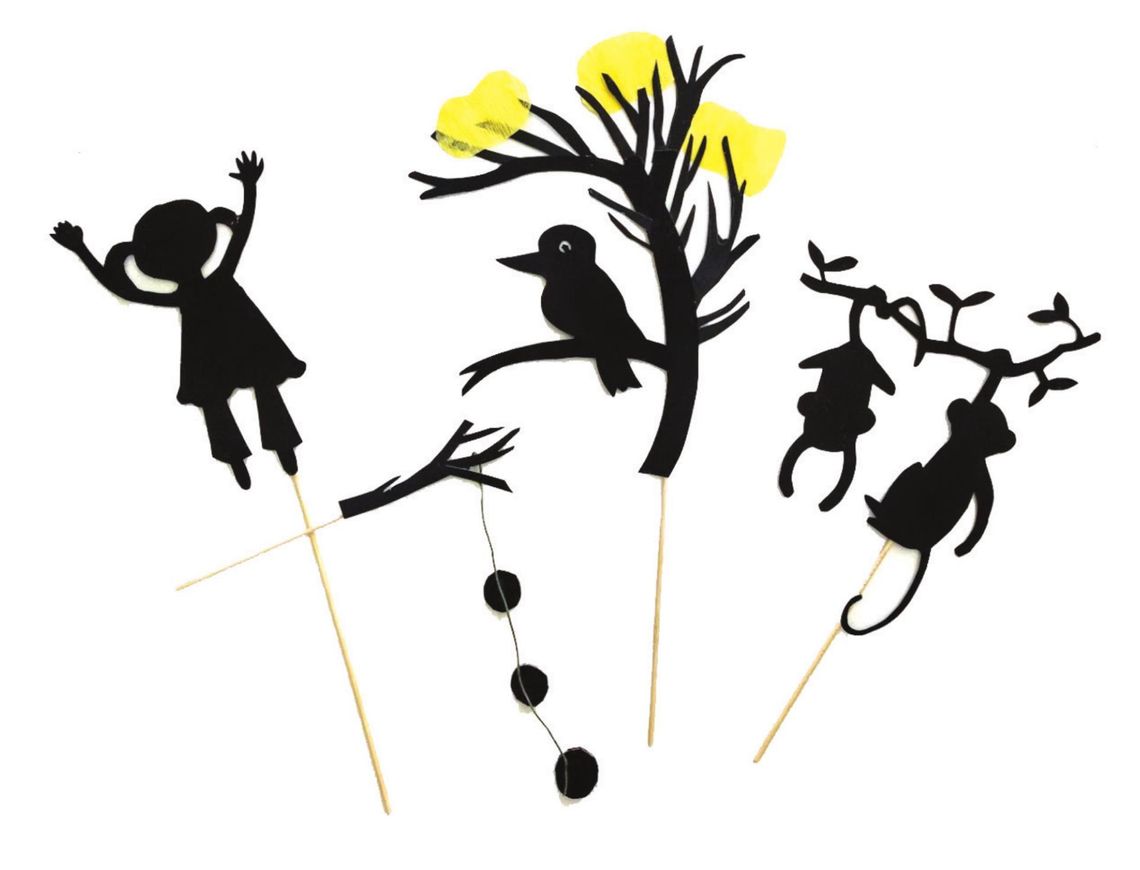San Marcos artist Debangana Banerjee grew up in West Bengal, India, in the small, idyllic university town of Santiniketan, where people hold a philosophy of simple living and high thinking. The school in which Banerjee studied is unique, operating in completely natural settings where all classes and activities were conducted outdoors, beneath the trees.
“It’s a place known for its natural beauty and cultural heritage,” Banerjee said. “It allows space for imagination and opportunity to be a complete human being. A very unique school. During my school and college days in India, I sang countless songs on rivers.”
Now that Banerjee calls San Marcos her home, that philosophy remains at the heart of her life and art.








